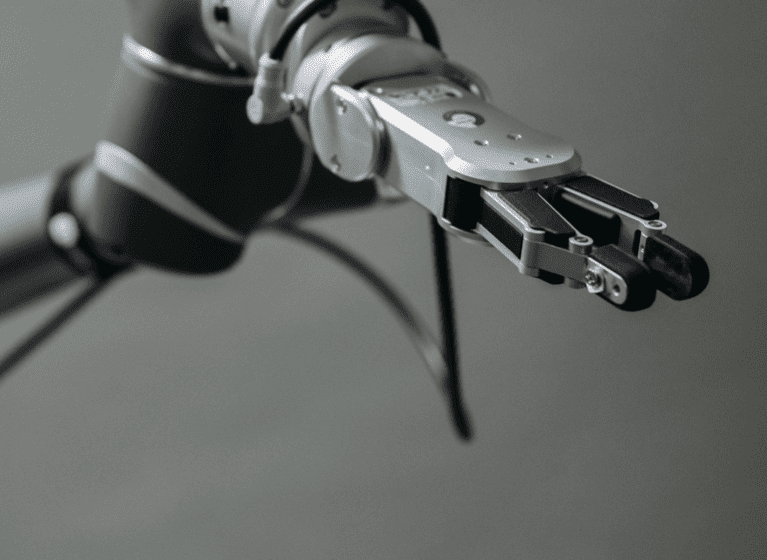The filing of utility models worldwide is increasing but this is dominated by Chinese utility model filings, estimated to be approximately 95% of all utility model applications filed globally1. Resident applications, i.e. applicants filing in their home jurisdiction account for 99% of all utility model applications filed worldwide2. Clearly, utility models are being overlooked by companies seeking to protect their inventions and innovations.
This underutilisation could arise from a misconceptions about their strengths and weaknesses due to the lack of global harmonisation for utility models. In addition, national companies from countries without utility models may also discount them as part of their IP toolkit.
This article seeks to highlight the significant advantages possessed by utility models in Australia and Southeast Asia3 and debunk the myths surrounding utility models.
Main advantage
In the countries listed in Table 1, the main advantage of utility models is the low or in some cases non-existent requirement for inventive step. This means that utility models are very difficult to invalidate in the courts, making them a valuable IP asset. Australian litigation of utility models4 has proved them very difficult to invalidate5. In a recent study6 of Australian Federal Court decisions involving 27 utility models, only 1 utility model was invalidated. Case analyses from the remainder of the region is more difficult to obtain but anecdotal evidence would suggest that Thai courts have a tendency to uphold utility models.
Table 1 below shows the utility model criteria for respective countries in Southeast Asia (and Australia). It is evident that many countries in the region do not require inventive step to obtain a valid utility model.
| Country | Novelty | Inventive step requirement? |
|---|---|---|
| Australia | Absolute | Much lower than inventive step |
| Indonesia | Absolute | No |
| Malaysia | Absolute | No |
| Philippines | Absolute | No |
| Cambodia | Absolute | No |
| Thailand | Absolute | No |
| Vietnam | Absolute | No, but cannot be "common general knowledge" |
Table 1
Easy to file and faster grant
In all of the countries listed above, a utility model can be obtained by means of Convention filing, non-Convention filing and national phase entry from a PCT application, either directly as a national phase entry or by conversion following national phase entry. Conversion from a standard patent application is also possible in some countries. Where a patent budget is limited, we can make filing recommendations based on language considerations and countries with optional or streamlined examination. In some countries, utility models can be an expedited way to obtain an enforceable IP right compared to the extensive delay in obtaining grant of a standard patent.
Enforcement
A common misconception is that utility models in the region will be more difficult to enforce. However our research in the region points to the same remedies being available for utility models and dependent on the same factors as for standard patents, as shown in Table 2 below.
| Country | Difference in enforcement companred to patents |
|---|---|
| Australia | Same remedies available and dependent on factors the same as patents |
| Indonesia | As above |
| Malaysia | As above |
| Philippines | As above |
| Vietnam | As above |
| Cambodia | As above |
| Thailand | As above, optional examination will improve prospects for enforcement |
Table 2
Dual protection strategies
In some countries of the region including Australia, it is possible to file contemporaneous applications for patents and utility models, provided the claims are of different scope or claim category e.g. method versus apparatus. This makes it possible to devise protection strategies which provide a broader scope of protection. Savvy applicants7 have used utility models to create “patent thickets” by dividing out multiple utility models, all with slightly different scope. FPA can assist you in devising a suitable patent and utility model strategy for the region.
Subject matter
Another common misconception is that utility models can only be filed in respect of certain subject matter. However, our research in the region shows that there are few additional subject matter restrictions for utility models compared to standard patents. Claims for methods or processes are also allowed across the region as shown in Table 3 below.
| Country | Additional subject matter restrictions compared to patents | Processes allowed? |
|---|---|---|
| Australia | Plants and animals, and the biological processes for the generation of plants and animals | Y |
| Indonesia | No apparent exceptions | Y |
| Cambodia | Pharmaceutical products | Y |
| Malaysia | None | Y |
| Philippines | None | Y |
| Thailand | None | Y |
| Vietnam | None | Y |
Table 3
Shorter term of protection
So let’s talk about the elephant in the room. Undeniably, the main trade-off for the lower or non-existent inventive step is a shorter term of protection as shown in Table 4 below. However, this is of little detriment to the many inventions having a short product life cycle.
| Country | Country | ||
|---|---|---|---|
| Australia | 8 | Malaysia | 10 + 5* +5* |
| Cambodia | 7 | Philippines | Row 3, Content 2 |
| Indonesia | 10 | Thailand | 10 |
| Laos | 10 | Vietnam | 10 |
| * Extensions require use or explanation of non-use. Use includes offer for sale, sale and export. Reasons for non-use include delay in obtaining regulatory approval. | |||
Table 4
How FPA can help you
FPA can assist you in devising a utility model strategy for the region and can coordinate filings across the region, with FPA being your single point of contact.
FPA: a safe pair of hands in Southeast Asia.
1 WIPO Report: World Intellectual Property Indicators 2017
2 WIPO Report: World Intellectual Property Indicators 2017
3 Singapore and New Zealand do not have a utility model system. Additionally, the Australian Government has accepted the recommendation of the Productivity Commission to phase out the innovation patent but they are still available at the time of publication of this article.
4 Australian utility models are termed “innovation patents”
5 See for example Dura-Post (Aust) Pty Ltd v Delnorth Pty Ltd [2009] FCAFC 81
6 FPA internal research
7 See for instance Britax Childcare Pty Ltd v Infa-Secure Pty Ltd [No 3] [2012] FCA 1019 in which 9 related innovation patents were the subject of the litigation




















